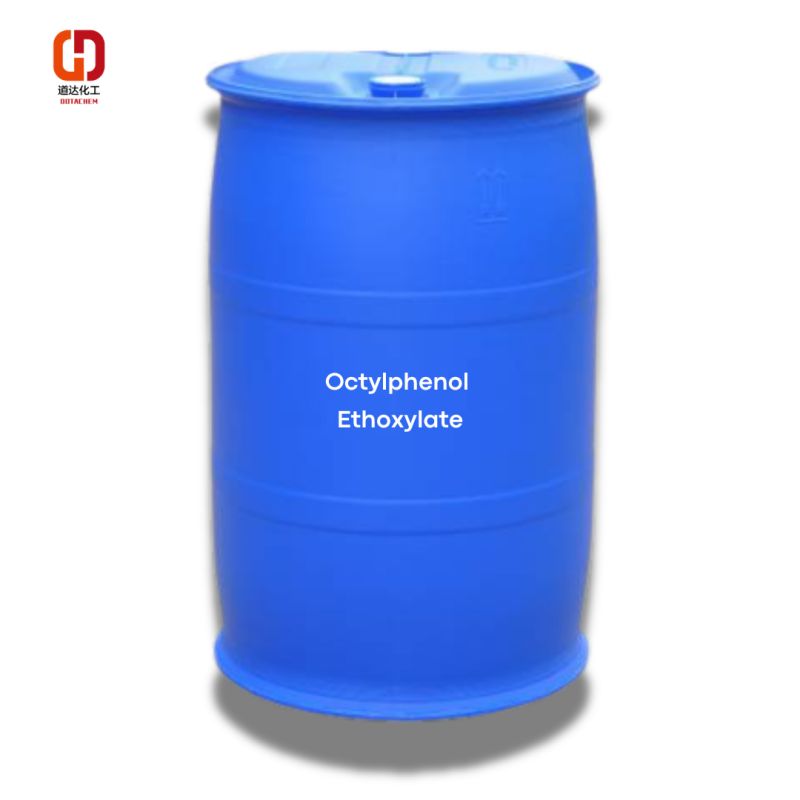Octylphenol Ethoxylate: A Versatile Nonionic Surfactant for Industrial Applications
2025-05-08
Octylphenol Ethoxylate (OPE) is a widely used nonionic surfactant known for its excellent emulsifying, dispersing, wetting, and detergent properties. It is a chemical compound produced by the ethoxylation of octylphenol, resulting in a series of surfactants with varying numbers of ethylene oxide (EO) units. Due to its adaptability, Octylphenol Ethoxylate plays a critical role in multiple industrial and commercial applications.

Key Characteristics:
Nonionic (does not carry a charge in solution)
Excellent emulsification capability
High surface activity
Stable in a wide pH range
Effective in hard water
Common Applications
1. Detergents and Cleaners
Used in household and industrial cleaners for its strong emulsifying and degreasing properties.
2. Textile Industry
Functions as a wetting agent, emulsifier, and dispersant in dyeing and finishing processes.
3. Agricultural Chemicals
Acts as an adjuvant in pesticide formulations to improve the wetting and penetration of active ingredients.
4. Paints and Coatings
Enhances pigment dispersion and stabilizes emulsions in water-based paints.
5. Oilfield Chemicals
Used in drilling fluids and enhanced oil recovery systems as an emulsifier and dispersant.
6. Emulsion Polymerization
Supports the formation of stable latex emulsions in polymer production.
Environmental and Safety Concerns
Despite its functionality, Octylphenol Ethoxylate has raised environmental concerns due to its slow biodegradation and potential to degrade into octylphenol, a known endocrine disruptor. As a result:
The use of OPE is restricted or regulated in many regions, including the European Union.
It is being replaced in some applications by more eco-friendly alternatives such as alcohol ethoxylates or sugar-based surfactants.
Conclusion
Octylphenol Ethoxylate is a powerful and efficient nonionic surfactant with broad industrial applications. However, due to its potential environmental impact, users are encouraged to handle it responsibly and consider safer substitutes when applicable. As industries move toward greener practices, the demand for more sustainable surfactant solutions continues to grow.


